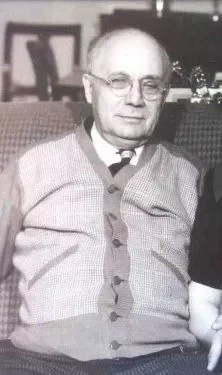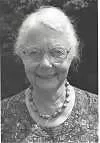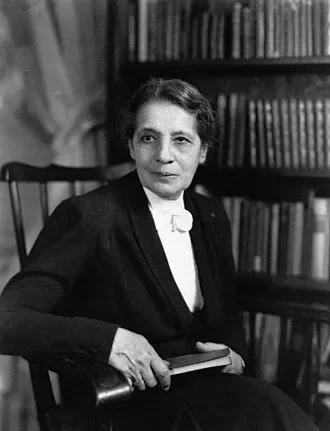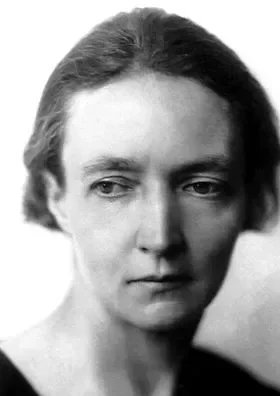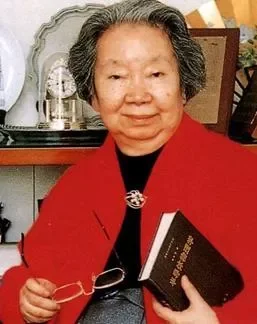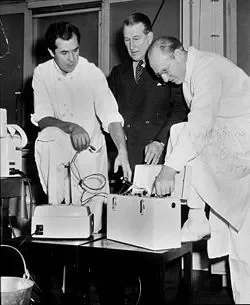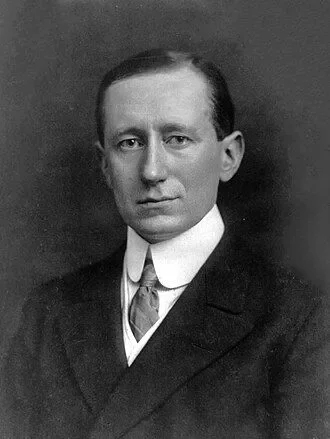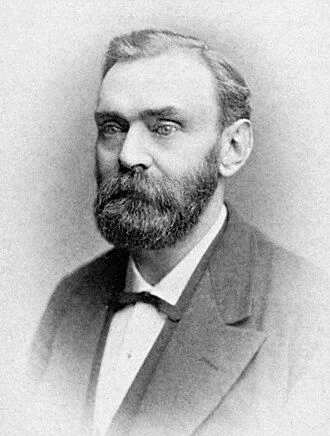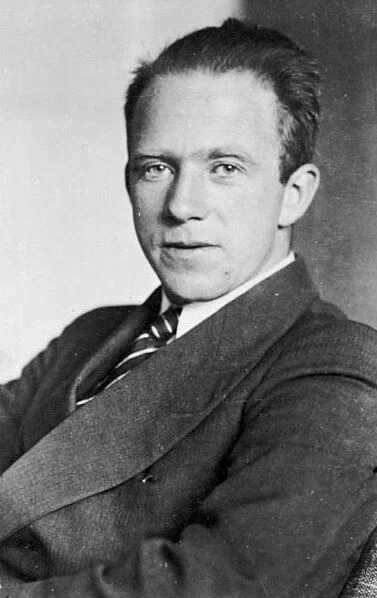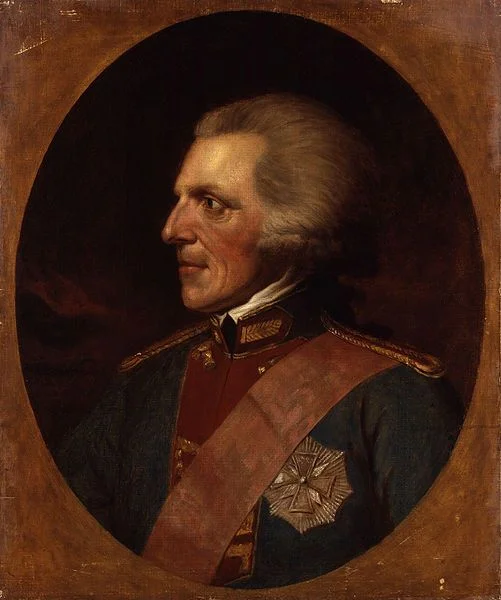Real Celebrities Never Die!
OR
Search For Past Celebrities Whose Birthday You Share
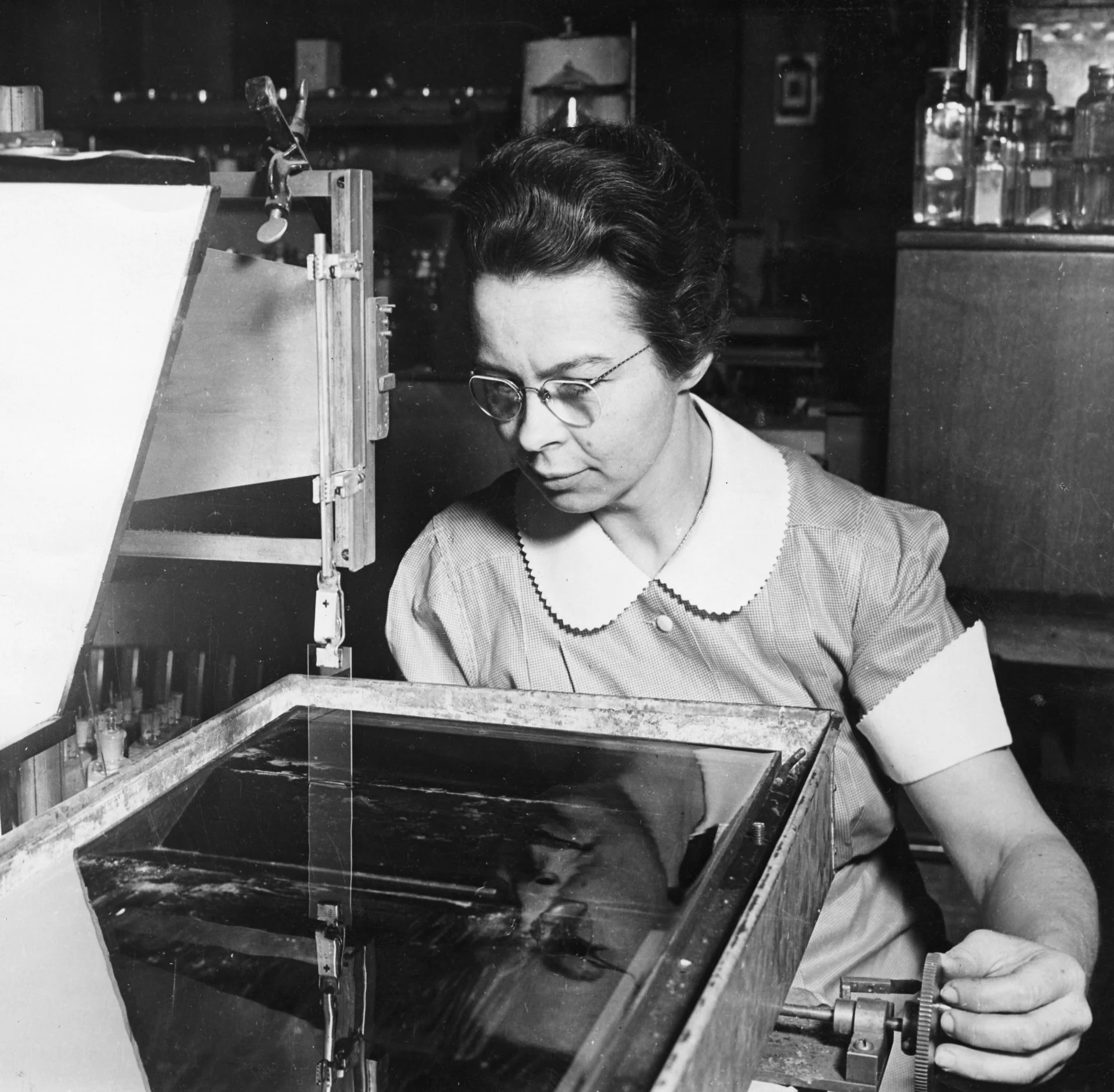
source:wikipedia.org
Katharine Burr Blodgett
Birthday:
10 Jan, 1898
Date of Death:
12 Oct, 1979
Cause of death:
Natural causes
Nationality:
American
Famous As:
Chemist
Age at the time of death:
81
Early Life and Education
Katharine Burr Blodgett was born in Schenectady, New York on January 10, 1898. She later become an American physicist and chemist. Through her pioneering efforts in surface chemistry and thin films, she developed “invisible” glass, transforming the field of optics and opening doors to various technological progress.
Tragedy and travel shaped Katharine’s early years. Just before she was born, a burglar murdered her father, George Reddington Blodgett, who worked as a patent attorney at General Electric. Katharine Buchanan Burr, her mother, took the family to New York City and then to France, securing a diverse education for her children and making them bilingual.
Returning to the United States, Katharine attended the Rayson School in New York City. She displayed remarkable intellect early on, leading to a scholarship to Bryn Mawr College at the young age of 15. Professors Charlotte Angas Scott in mathematics and James Barnes in physics served as inspiration for her.
A Fateful Meeting and Early Career
In her senior year at Bryn Mawr, Katharine Burr Blodgett was introduced to Irving Langmuir, a Nobel laureate-to-be and associate of her father who had passed away. Langmuir presented her with an opportunity to work at General Electric’s research labs, contingent on her furthering her education. Her life was altered by this particular encounter.
Following Langmuir’s guidance, Katharine completed her master’s degree in physics at the University of Chicago in 1918. She then joined GE as their first female scientist, working alongside Langmuir on surface chemistry and thin films.
Groundbreaking Research and Inventions
Blodgett’s notable creation in 1938 was the invention of non-reflective “invisible” glass. Using monomolecular coatings on glass, she devised a surface that virtually eliminated light reflection. This innovation had wide-ranging uses, from enhancing camera lenses and projectors to improving submarine periscopes and airplane spy cameras in World War II.
Optics wasn’t the only area she worked on. Blodgett played a role in creating poison gas absorbers, techniques for de-icing airplane wings, and advancements in smokescreens. She was awarded eight U.S. patents during her career and published over 30 technical papers.
Achievements and Recognition
Katharine Burr Blodgett received many awards for her scientific contributions. She was the first woman to receive a Ph.D. in physics from Cambridge University in 1926. In 1951, she became the first industrial scientist to receive the Garvan Medal from the American Chemical Society. In addition, she was honored with honorary degrees from several institutions and was admitted to the National Inventors Hall of Fame in 2007.
Katharine Burr Blodgett's Quote's
Personal Life and Legacy
Even though she was successful in her career, Blodgett kept her personal life private. She chose not to get married and instead lived with a close-knit group of female friends. She enjoyed gardening and acting in plays.
Katharine Burr Blodgett passed away on October 12, 1979, in her home in Schenectady, New York. Her legacy lives on in the countless applications of her work, from the crystal-clear projection of “Gone with the Wind” in 1939 to modern computer screens and eyeglasses.
Blodgett’s story is one of perseverance, innovation, and breaking barriers. As the first female scientist at GE and a pioneering physicist, she opened doors for generations of women in science. Her work on invisible glass and thin films continues to impact our daily lives, making Katharine Burr Blodgett a true unsung hero of 20th-century science.
Name:
Katharine Burr Blodgett
Popular Name:
Katharine Burr Blodgett
Gender:
Female
Cause of Death:
Natural causes
Spouse:
Place of Birth:
Schenectady, New York, United States
Place of Death:
Schenectady, New York, United States
Occupation / Profession:
Personality Type
Architect: Imaginative and strategic thinkers, with a plan for everything. Blodgett was visionary, independent, and had analytical nature. She was known for tackling complex challenges with scientific rigor and precision.
She received 8 patents over her career
Her father, George Blodgett, was also an engineer at General Electric but died shortly before her birth
Blodgett’s “invisible” glass became widely used in camera lenses, eyeglasses, and microscopes
She initially studied the properties of soap bubbles, which led to her interest in thin films and monomolecular coatings
First woman hired as a research scientist at General Electric
Received the prestigious Garvan–Olin Medal from the American Chemical Society in 1951 for her contributions to chemistry
Invented non-reflective “invisible” glass in 1938
First woman awarded a Ph.D. in physics from the University of Cambridge
